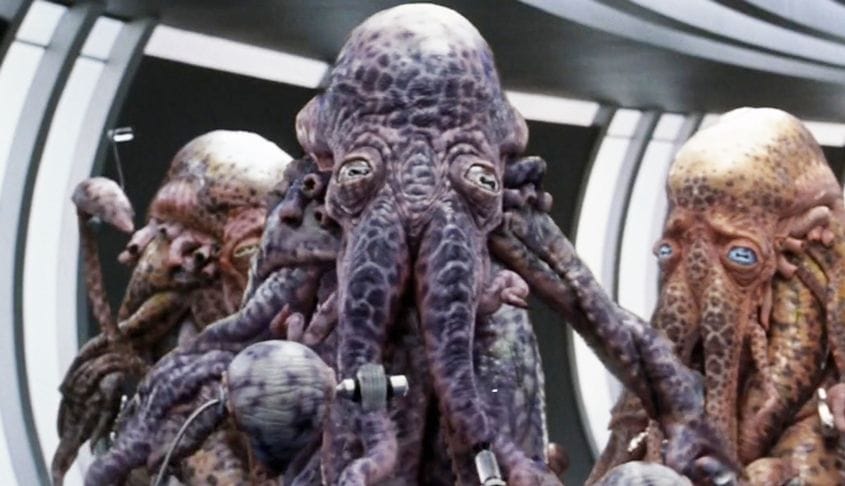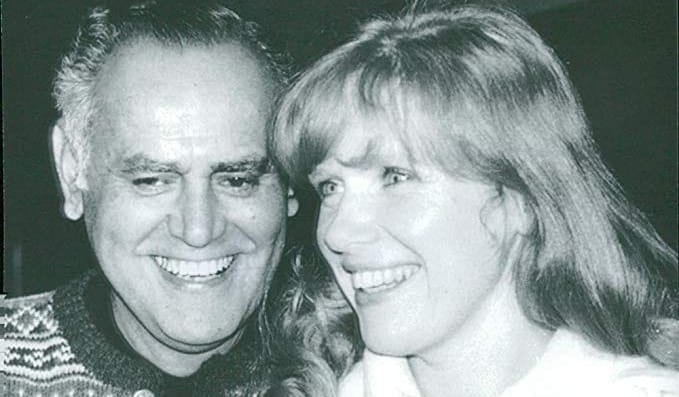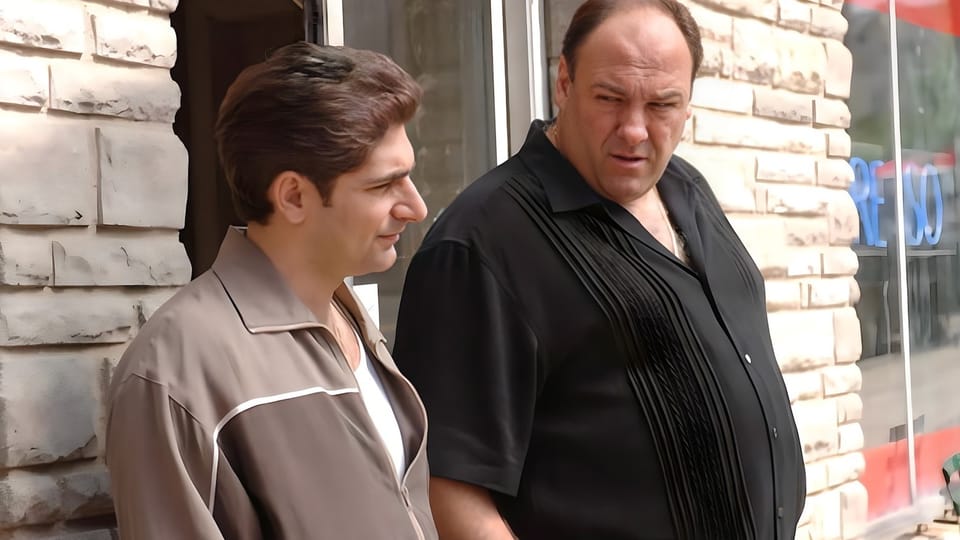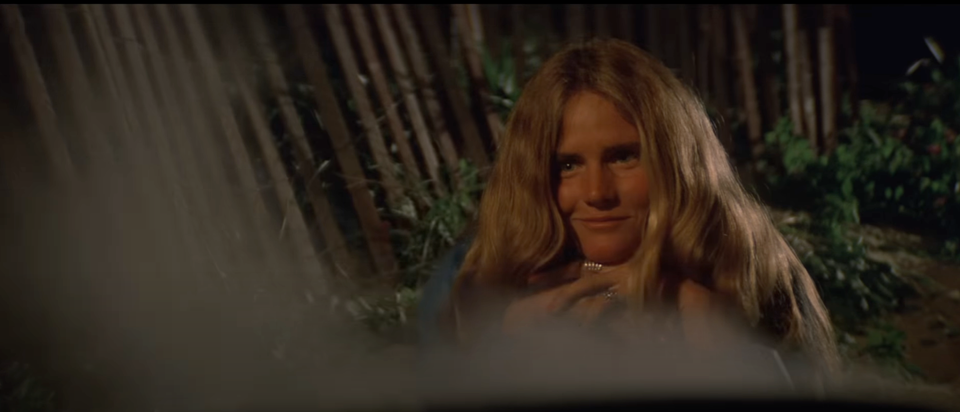Five Questions For Every Scene
Screenwriting is scene work. Scenes and sequences are at the heart of what we do. But how do we write great scenes, and how do we REwrite them?
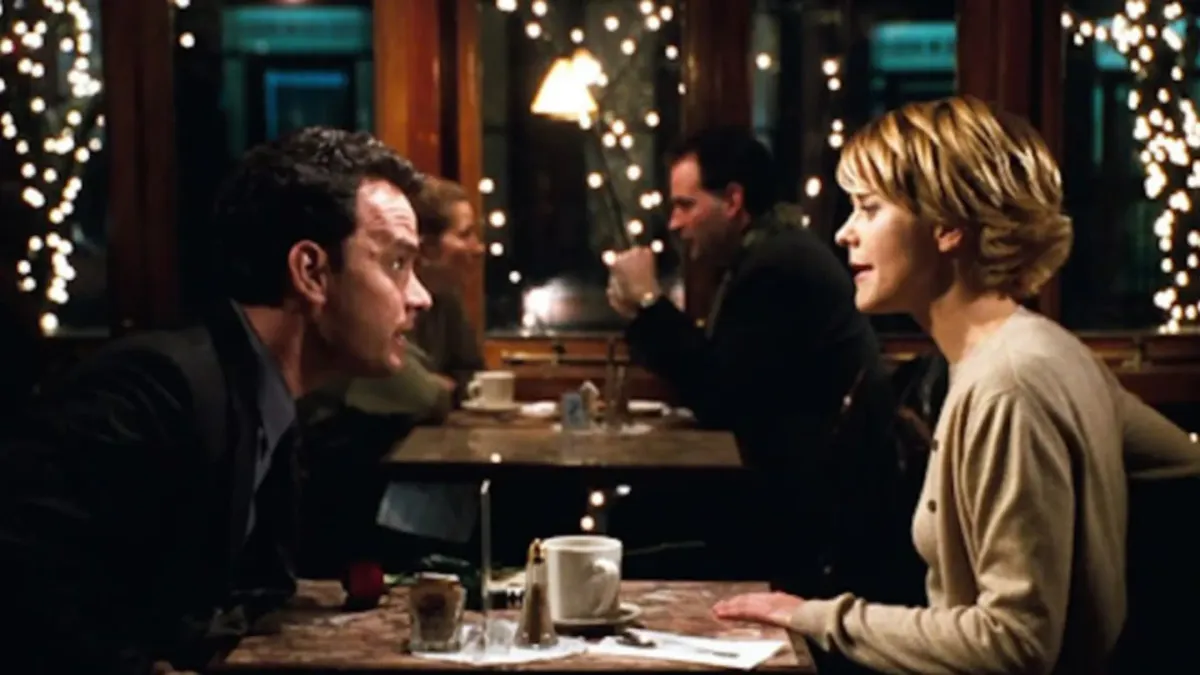
The Story and Plot Weekly Email is published every Tuesday morning. Don't miss another one.
Screenwriting is scene work. One of the throughlines of both Mastering Structure and Idea To Outline is to move away from seeing movies as plot points and recognizing them as scenes and sequences.
Writing scenes and sequences is at the heart of what we do.
But, how do we write great scenes and how do we REwrite them?
Here are five questions to keep in mind with every scene.
1. What change needs to happen to move the story forward?
This is the most elemental question of all. Why does this scene exist? Why is it in the screenplay?
This is why you are writing the scene and the bare minimum that needs to be present through any rewrite.
Most people tend to think of this as what needs to happen to move the story forward. And this is true, but I think it's more interesting to get more specific and ask what change needs to happen.
What is different at the end of the scene? What is true that wasn't true at the beginning? What new understanding is there for the characters and for us?
How does this scene push characters toward their ultimate destination, create resistance for them, or tempt them in another direction?
Of course, some scenes are more crucial than others, especially as the story progresses, but every scene needs to add value to the story.
If you're wondering if a scene can be cut altogether, ask what would our emotional connection to the story be without it? If the answer really doesn't make a difference in the overall impact, removing the scene is likely best.
2. Whose scene is it?
Every scene is a mini-story in itself so whose story is it? Who changes? Who is most affected? Whose point-of-view do we experience the scene through, and therefore, who do we empathize with?
"He watches Gloria hail a cab," is a very different moment than, "Gloria hails a cab."
Who we empathize with and how it frames our own perspective significantly affects how we (the audience) perceive a scene.
Sometimes we may want a more objective POV, but that's less common.
Know who the most important person in the scene is, and how the events affect them and how this relates to #1.
3. Who wants what?
Someone trying to get what they want is what drives a scene.
If you're struggling to move a scene forward, this is the first place you look.
A scene that lingers is usually because no one is trying hard enough to get what they want.
Identify who wants want in the scene. Why is it challenging to get it? Do they get it? What tactics do they use?
Are they making smart enough choices to get what they want, or are you making them dumb and lazy out of convenience? Do their tactics change inside the scene? (The longer the scene, the more they should.)
Remember, at the most fundamental level, a character is defined by
- What they want.
- What they're willing to do to get it.
Make sure these answers are explored for everyone in the scene.
4. What's the emotion(s) of the scene?
Make this decision. This decision will affect all of your choices for how you write the scene.
How do you want us to feel? Sad? Angry? Joyful? Tense? Dread?
Track this through each moment as it ebbs and flows from beginning to end.
Remember, you are directing the emotional experience of this screenplay just like a director guides the emotional experience of a film.
Does the scene start out one way and end up another? Are we feeling what the protagonist feels or is there dramatic irony where we know more than they do?
"What emotion am I trying to evoke?" is one of the singular most important decisions we make through almost every step of screenwriting.
Have a definitive answer. Non-choices to this question will kill your script faster than just about anything else.
5. Why is the scene compelling to WATCH?
Surprisingly, this tends to be the one people forget the most. Not with the big scenes, but with the smaller scenes. They will need something to happen in a scene (#1 above) and they will make sure this thing happens, and then they get out.
But this is a standard you should embrace:
Every scene should be interesting in its own right.
Never write a scene just to get to the next.
Know what makes this scene compelling, And don't skip past this answer with, "it's funny," or "it's scary." That's the answer to #4.
Here, we are interested in how the scene is conceived and its mechanics in how it's executed. Why is it funny? What generates the humor? Why is it scary? What generates the scares?
For example, the scene where Barbie and Ken go roller skating is funny, but why it's funny is because they're dolls from Barbie land, wearing Barbie land clothes, with Barbie land attitudes and standards and they don't understand why they stand out. They're oblivious.
The scene in You've Got Mail, when Tom Hanks and Meg Ryan's characters arrange to meet each other for the first time, is tense, funny, and heartbreaking. But why? What are the mechanics in the scene that make it this way?
For starters, she doesn't know he is the man she is there to meet, but he does. She thinks she's being stood up and then gets ambushed by her competitor. He knows she both likes and hates him, and she only knows she dislikes him. She says things to him you would never say to someone you like, and he realizes they are not meant to be.
This scene was built to be interesting and emotional before a word was even written (it is the most faithful transplant from the original film.) All the writer has to do is write the scene truthfully, and much of the drama creates itself.
These are great scenes, of course, but this holds true for smaller, less showy scenes, too.
There is a scene earlier with Joe Fox (Hanks), his dad, and his grandfather. It's all plot stuff, but what makes the scene interesting is the POV of the characters. They are careless about love, money, books, and the closing of independent bookstores. They bear no concern of others, yet their decisions affect so many.
It's a wonderful scene and it's just three great actors in a room with great dialogue.
If you know why a scene is compelling to watch before you even write it, half the job is already done.
"Three great scenes, no bad ones."
That was Howard Hawk's answer when asked what makes a good movie.
Because of audience demands I've upped the ante to FIVE great scenes, but you get the idea.
People tend to forget that second part though. No bad ones. This doesn't mean incompetent. This means a scene that sticks out because it's uninteresting, emotionally insincere, or dilutes our confidence in the storytellers.
Every scene must stand on its own as well as play its part in the whole. You have to know why and how it accomplishes both.
The five questions above will help.
The Story and Plot Weekly Email is published every Tuesday morning. Don't miss another one.
When you're ready, these are ways I can help you:
WORK WITH ME 1:1
1-on-1 Coaching | Screenplay Consultation
TAKE A COURSE
Mastering Structure | Idea To Outline

